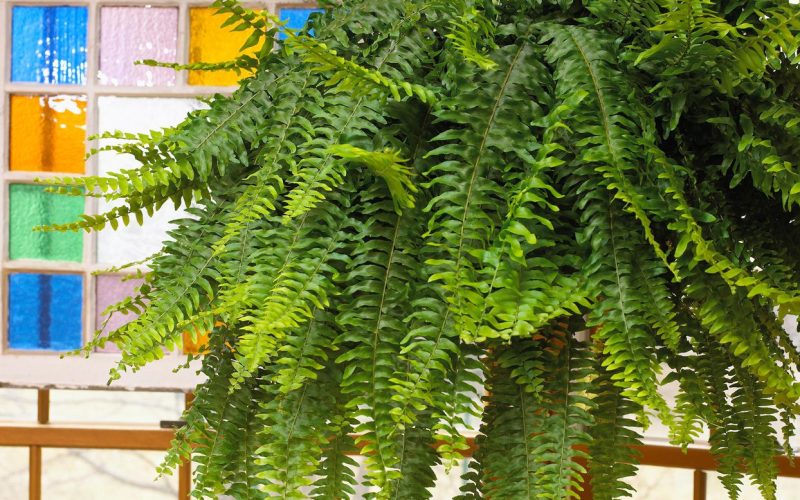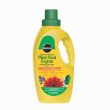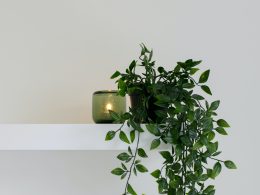Introduction
Ferns are among the oldest plant species on Earth, thriving for millions of years and captivating gardeners with their lush, feathery foliage. Whether you’re a seasoned plant enthusiast or a beginner looking to add the best plant for lighting condition to your home or garden, the fern plant offers a timeless appeal that’s hard to resist. This guide explores everything you need to know about ferns—from their types and benefits to care tips and common problems—so you can cultivate these stunning plants with confidence.
What Makes Fern Plants Unique?
Ferns are non-flowering vascular plants that reproduce through spores rather than seeds. Their elegant, divided fronds (leaves) give them a delicate and graceful appearance. With over 10,000 known species worldwide, ferns thrive in diverse environments—from tropical rainforests to rocky crevices. Their ability to adapt makes them a favorite for both indoor and outdoor settings.
Some of the most popular types of fern plants include:
- Boston Fern (Nephrolepis exaltata): Known for its arching fronds, perfect for hanging baskets.
- Maidenhair Fern (Adiantum): Loved for its soft, fan-shaped leaflets and airy appearance.
- Bird’s Nest Fern (Asplenium nidus): A bold, tropical fern with wide, undivided leaves.
- Staghorn Fern (Platycerium): A unique epiphytic fern often mounted on wood or grown on walls.
Each variety has its own distinctive charm, allowing gardeners to experiment with textures, colors, and growth habits.
Benefits of Growing Fern Plants
The fern plant is more than just a pretty face. These hardy plants offer several benefits, such as:
- Air Purification: Many ferns are natural air filters, removing toxins and improving indoor air quality.
- Low Maintenance: Most fern varieties thrive in low to moderate light, making them ideal for shaded areas or interior spaces.
- Aesthetic Appeal: Their lush greenery and intricate fronds create a calming and elegant atmosphere.
- Erosion Control: Outdoor ferns can help stabilize soil on slopes and reduce erosion.
By incorporating fern plants into your living or garden space, you can enjoy both beauty and functionality.
How to Grow Fern Plants Indoors
Ferns make excellent indoor plants when given the right conditions. Here’s how to keep your indoor ferns healthy and vibrant:
- Light Requirements: Most fern plants prefer indirect or filtered light. Avoid placing them in direct sunlight, which can scorch their fronds.
- Soil: Use a well-draining, organic-rich potting mix. A peat-based soil blend often works best for retaining moisture without waterlogging roots.
- Watering: Keep the soil consistently moist but not soggy. Ferns dislike drying out, so regular watering is key.
- Humidity: Ferns thrive in humid environments. Mist their fronds daily or use a humidity tray or humidifier to maintain moisture levels.
- Fertilizing: Feed your fern plant with a balanced, water-soluble fertilizer once a month during the growing season (spring and summer).
With these tips, your indoor ferns will stay lush and healthy year-round.
How to Grow Fern Plants Outdoors
If you’re planting ferns in your garden, consider the following:
- Location: Choose a shaded or partially shaded area with protection from harsh afternoon sun.
- Soil Preparation: Amend garden soil with compost or leaf mold to improve fertility and drainage.
- Watering: Outdoor ferns also prefer consistently moist soil. Mulching around the base helps retain moisture and suppress weeds.
- Spacing: Depending on the species, allow enough room for your ferns to spread without overcrowding.
Outdoor ferns add a natural woodland feel to gardens, borders, and pathways, creating a tranquil, low-maintenance landscape.
Common Problems with Fern Plants
Even though ferns are generally resilient, they can occasionally face challenges. Knowing the signs can help you address issues before they worsen:
- Yellowing Fronds: Often caused by overwatering, underwatering, or low humidity.
- Browning Tips: A sign of dry air or insufficient watering. Increase humidity and water consistently.
- Pests: While relatively pest-resistant, ferns can attract scale insects, mealybugs, or aphids. Treat infestations with insecticidal soap or neem oil.
Regular monitoring and proper care will ensure your fern plant remains healthy and attractive.
Propagating Fern Plants
One of the most rewarding aspects of growing ferns is propagation. Ferns can be propagated through:
- Spores: Collecting and germinating spores from mature fronds.
- Division: Splitting mature plants into smaller clumps during repotting or transplanting.
Division is the easiest and fastest way for beginners to multiply their fern collection.
Decorating with Fern Plants
Ferns’ versatile nature makes them perfect for creative decorating ideas:
- Hanging Baskets: Display Boston or Maidenhair ferns in hanging baskets to add vertical greenery indoors.
- Terrariums: Small fern species thrive in glass terrariums, creating mini indoor jungles.
- Bathroom Plants: Their love of humidity makes ferns ideal for bathrooms.
- Outdoor Borders: Use ferns to line garden paths or fill shady garden beds.
By strategically placing your fern plants, you can transform dull corners into vibrant, green focal points.
Sustainable Fern Plant Care
With increased interest in eco-friendly gardening, ferns stand out as sustainable options. They require minimal fertilizers, adapt well to natural rainfall outdoors, and improve air quality indoors. When buying ferns, look for reputable nurseries or online shops specializing in healthy, pest-free plants. For high-quality hydroponic and traditional plant care supplies, you can visit superiorhydrola.com for innovative gardening solutions and products.
Final Thoughts on the Fern Plant
The fern plant is a classic yet versatile addition to any home or garden. Its ability to thrive in shaded areas, purify the air, and add timeless beauty makes it a must-have for plant lovers. With proper care—moist soil, indirect light, and adequate humidity—you can enjoy lush, thriving ferns for years to come.
Whether you’re decorating a small apartment, creating a bathroom oasis, or designing a shady outdoor retreat, ferns bring a touch of elegance and tranquility that few other plants can match. Start with one or two varieties, experiment with placement and care, and soon you’ll find yourself captivated by the enduring charm of the fern plant.












